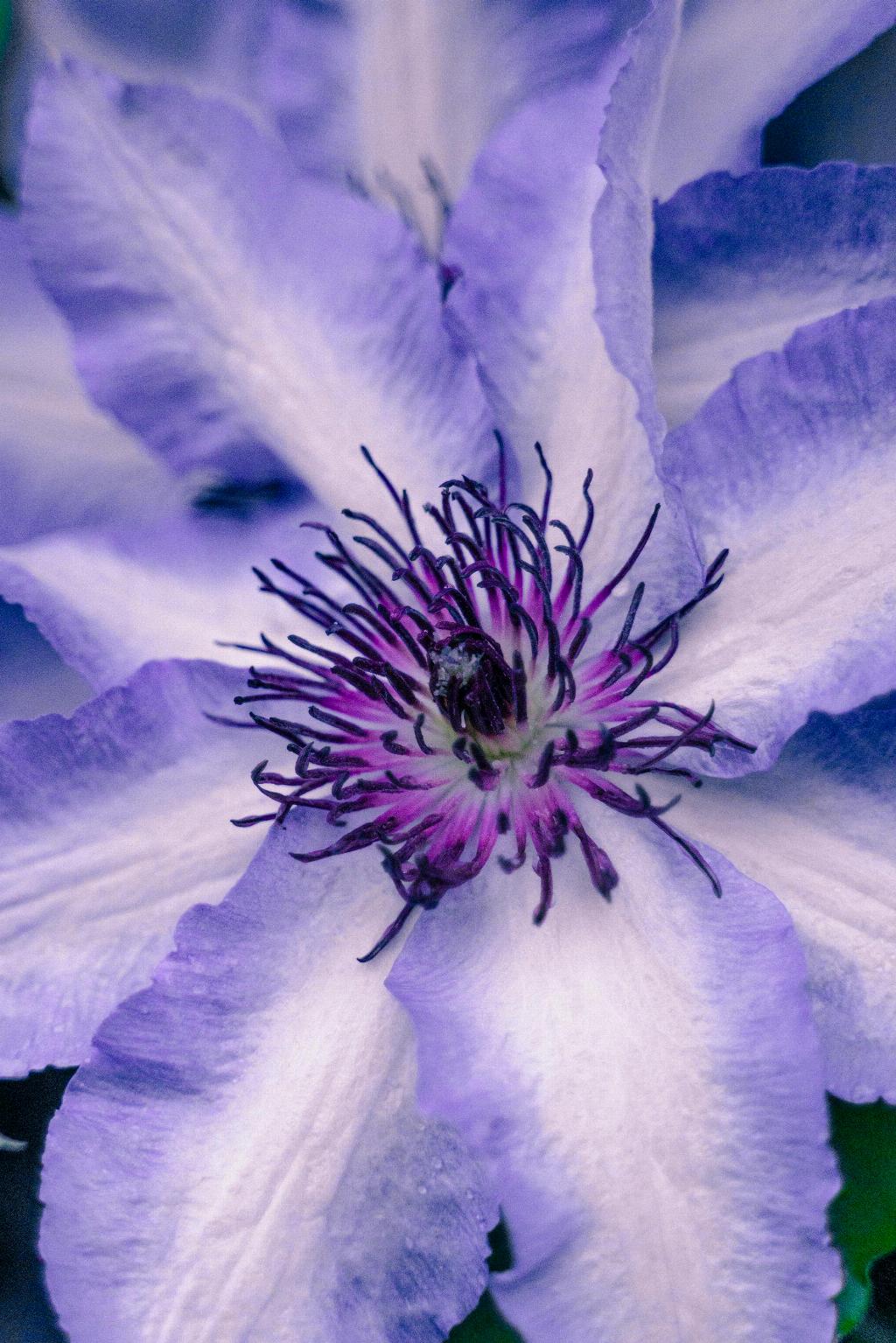Planting clematis in Zone 6 requires careful consideration of the specific climate and conditions of the region. Understanding the optimal timing for planting this beautiful vine can greatly impact its growth and overall success in your garden. Here we delve into the best practices for planting clematis in Zone 6.
Spring and Early Summer Planting
In Zone 6, the ideal time to plant clematis is during spring or early summer. This period provides the plant with ample time to grow and establish its root system before the onset of winter. By planting in spring, you give your clematis the best chance to thrive and bloom beautifully in the following seasons.
Mid to Late Summer Planting
While early spring is optimal, planting clematis in mid to late summer can also be successful in Zone 6. As long as the soil is warm and conducive to growth, clematis planted during this time can still establish roots and prepare for the cooler months ahead. It is essential to ensure proper watering and care during this period to support the young plant.
Late Season Planting: Summer to Early Fall
Even late season planting in Zone 6, such as during the summer or early fall, can be considered for clematis. While the window for growth may be shorter compared to spring or early summer planting, clematis is a resilient plant that can adapt to late-season conditions. Adequate watering and attention are crucial during this period to help the plant transition smoothly.
Favorable Conditions for Planting
When planting clematis in Zone 6, it is important to consider the specific conditions of your garden. Choose a location with well-draining soil and ample sunlight for optimal growth. Clematis thrives in rich, fertile soil and benefits from a support structure to climb on as it grows.
Preparing the Soil
Before planting clematis in Zone 6, ensure that the soil is well-prepared to support the young plant. Work in organic matter such as compost or aged manure to improve soil fertility and drainage. Proper soil preparation is fundamental in providing clematis with a conducive environment for root development.
Choosing the Right Variety
With a wide array of clematis varieties available, selecting the right one for your Zone 6 garden is essential. Consider factors such as flower color, bloom time, and growth habit when choosing a clematis variety. Some varieties are more suited to the climate and soil conditions of Zone 6, ensuring a successful planting experience.
Watering and Maintenance Tips
After planting clematis in Zone 6, proper watering and maintenance are crucial for its ongoing health and growth. Keep the soil consistently moist, especially during the plant’s initial establishment period. Mulching around the base of the plant can help retain moisture and regulate soil temperature.
Supporting Your Clematis
As clematis grows, it requires support to climb and flourish. Install a trellis, arbor, or other support structure near the plant to encourage vertical growth. Training the vines as they grow can help create a visually appealing display and prevent tangling or damage to the plant.
Pruning Considerations
Pruning clematis in Zone 6 is an important aspect of maintaining its health and promoting optimal flowering. Understanding the specific pruning needs of your clematis variety is essential. Some varieties bloom on old wood, while others bloom on new growth, requiring different pruning techniques.
Overwintering Clematis
During the winter months in Zone 6, it is essential to protect clematis from harsh conditions. Mulch around the base of the plant to insulate the roots and prevent frost damage. Consider covering the plant with a cloth or burlap for added protection during extreme cold spells.
Enjoying Your Clematis
With the right planting time and care, clematis in Zone 6 can thrive and grace your garden with its stunning blooms. By following these guidelines and providing your clematis with the love and attention it needs, you can enjoy a beautiful and vibrant addition to your outdoor space.

